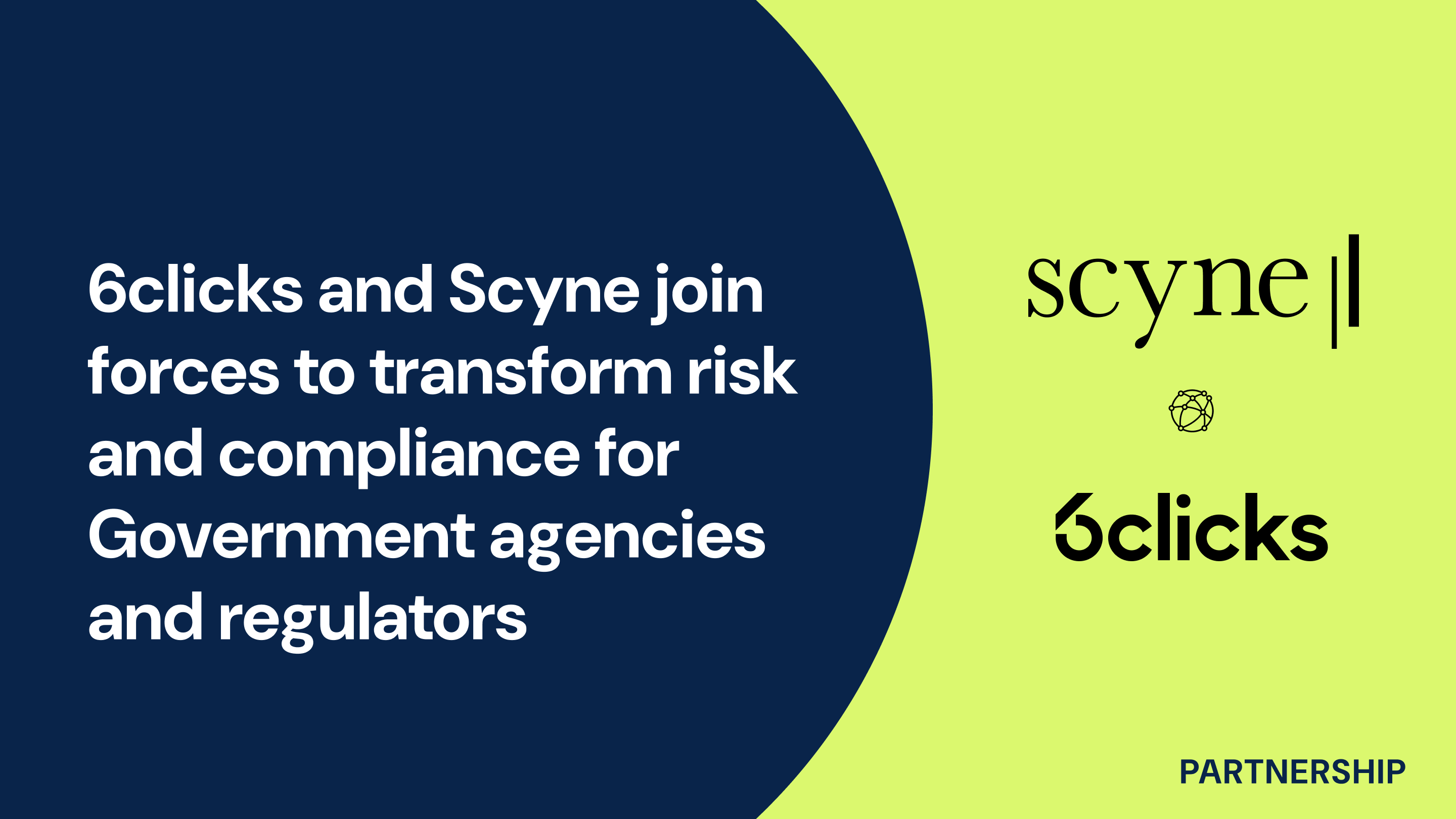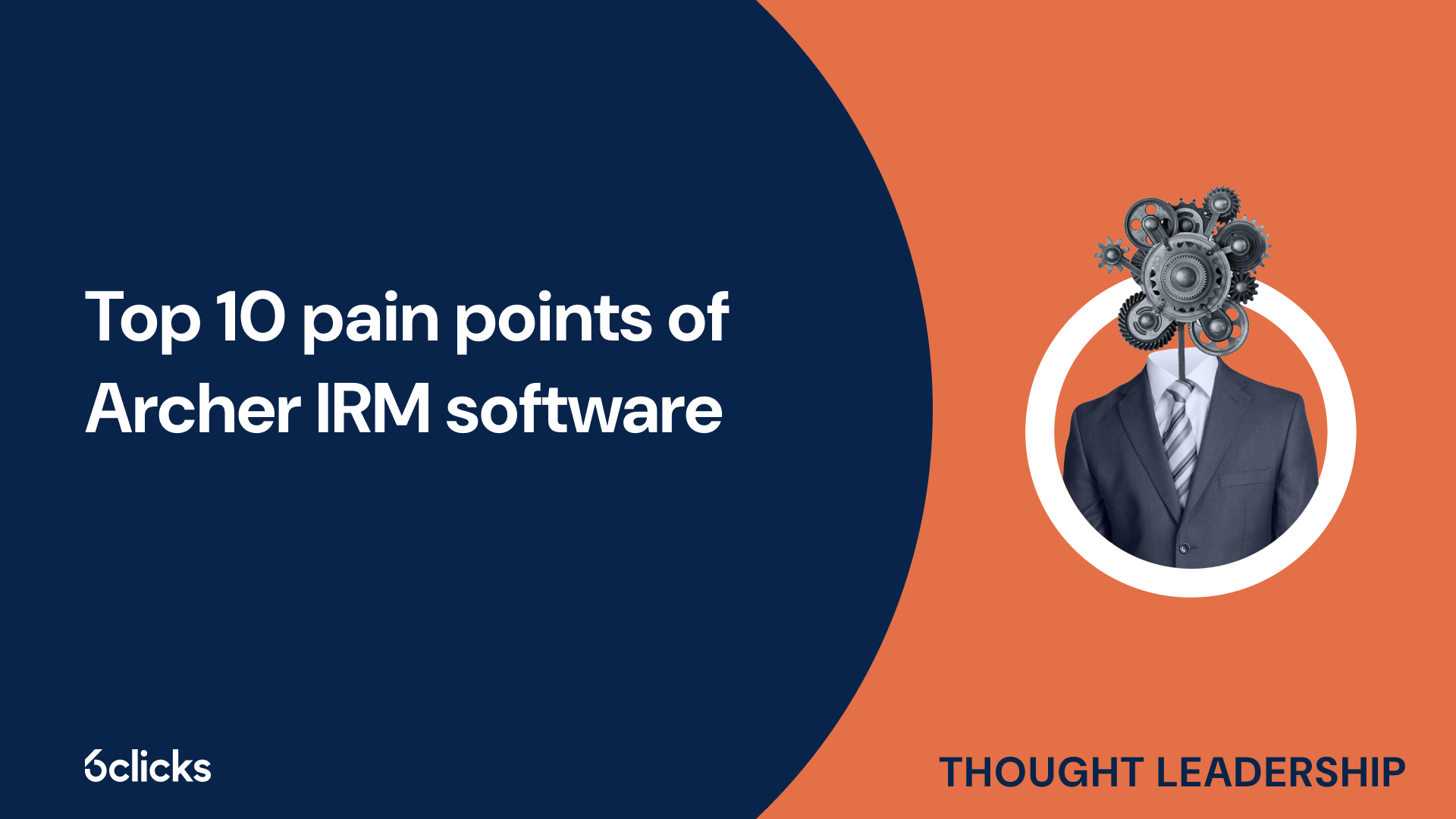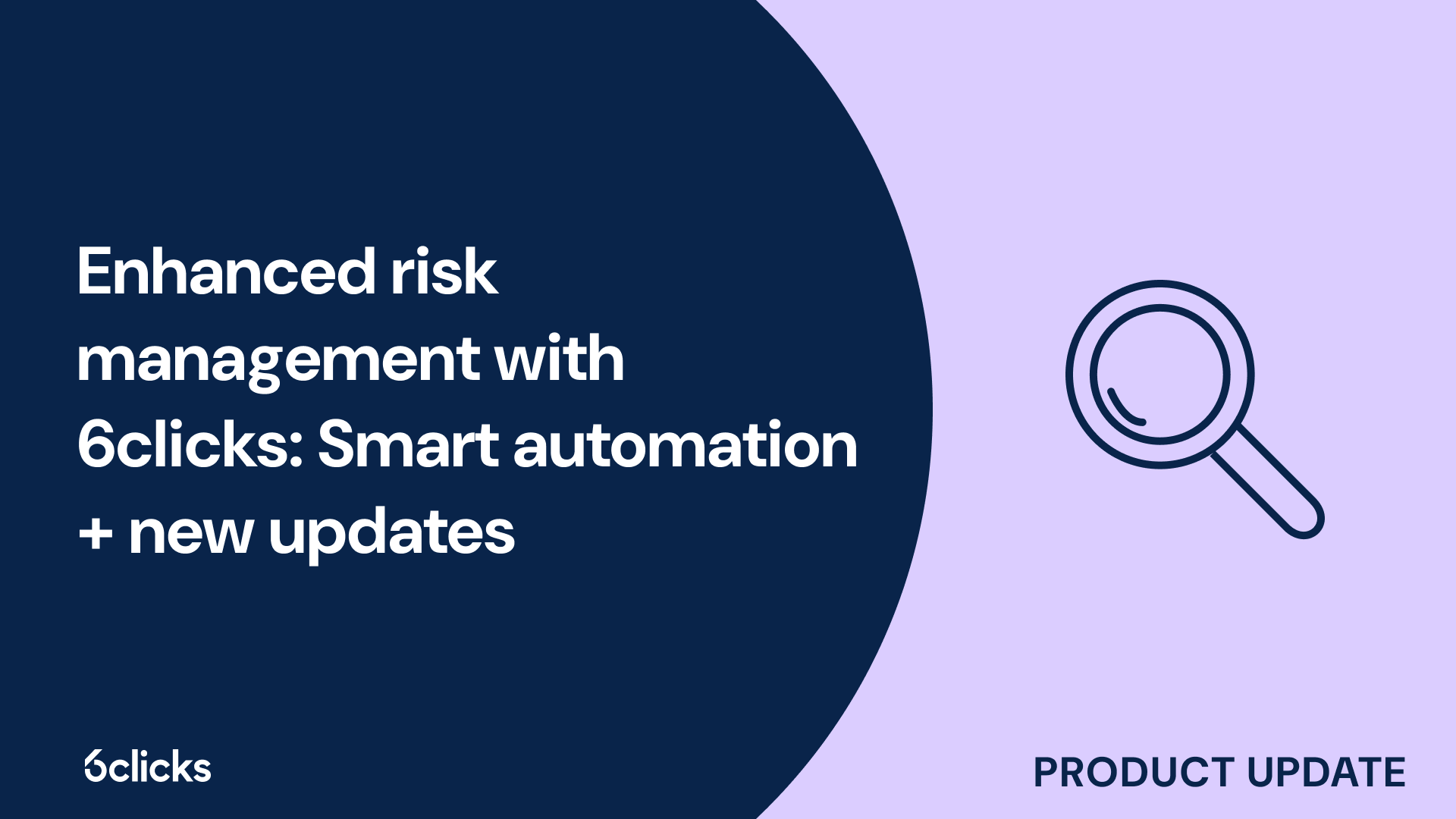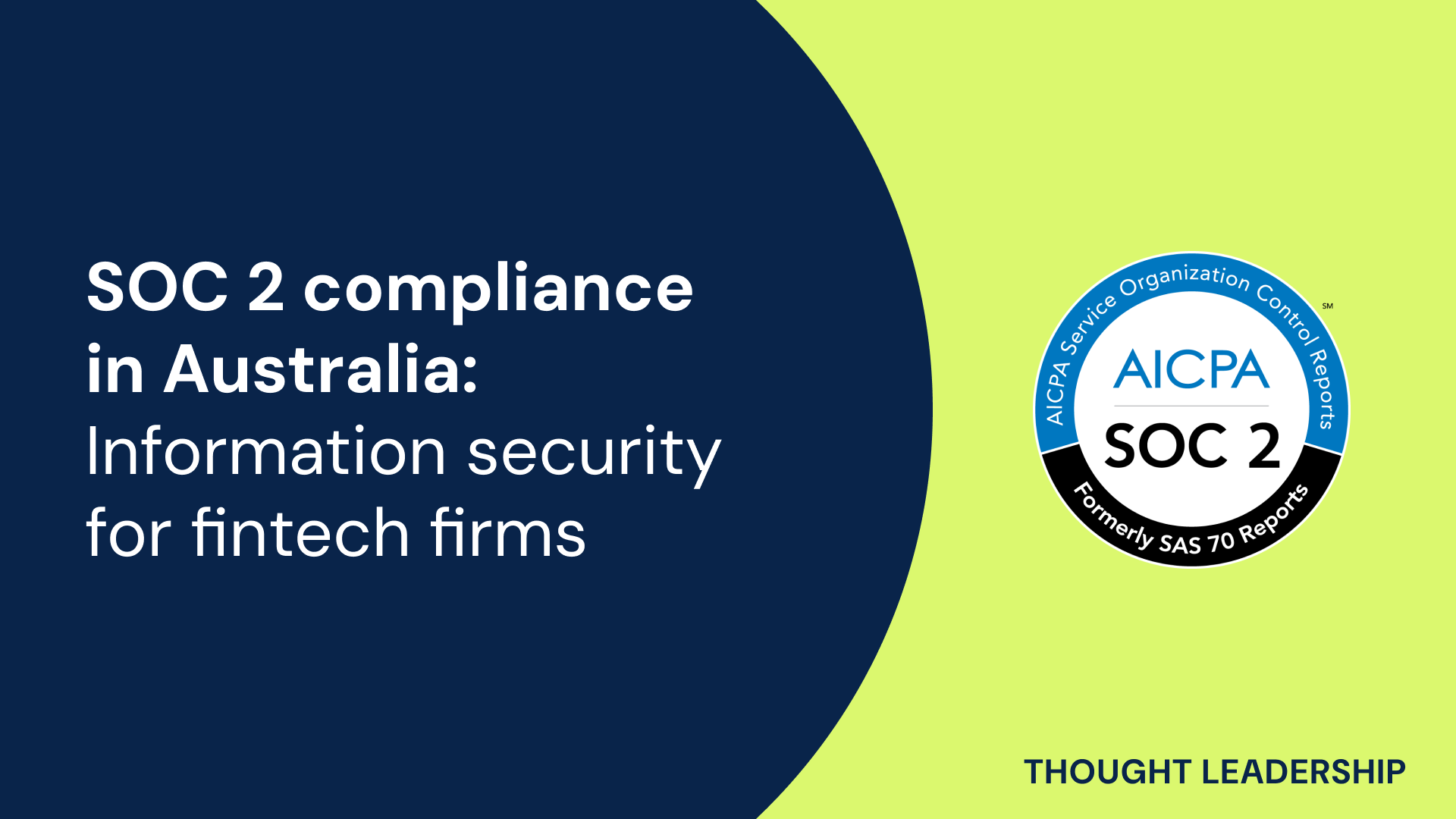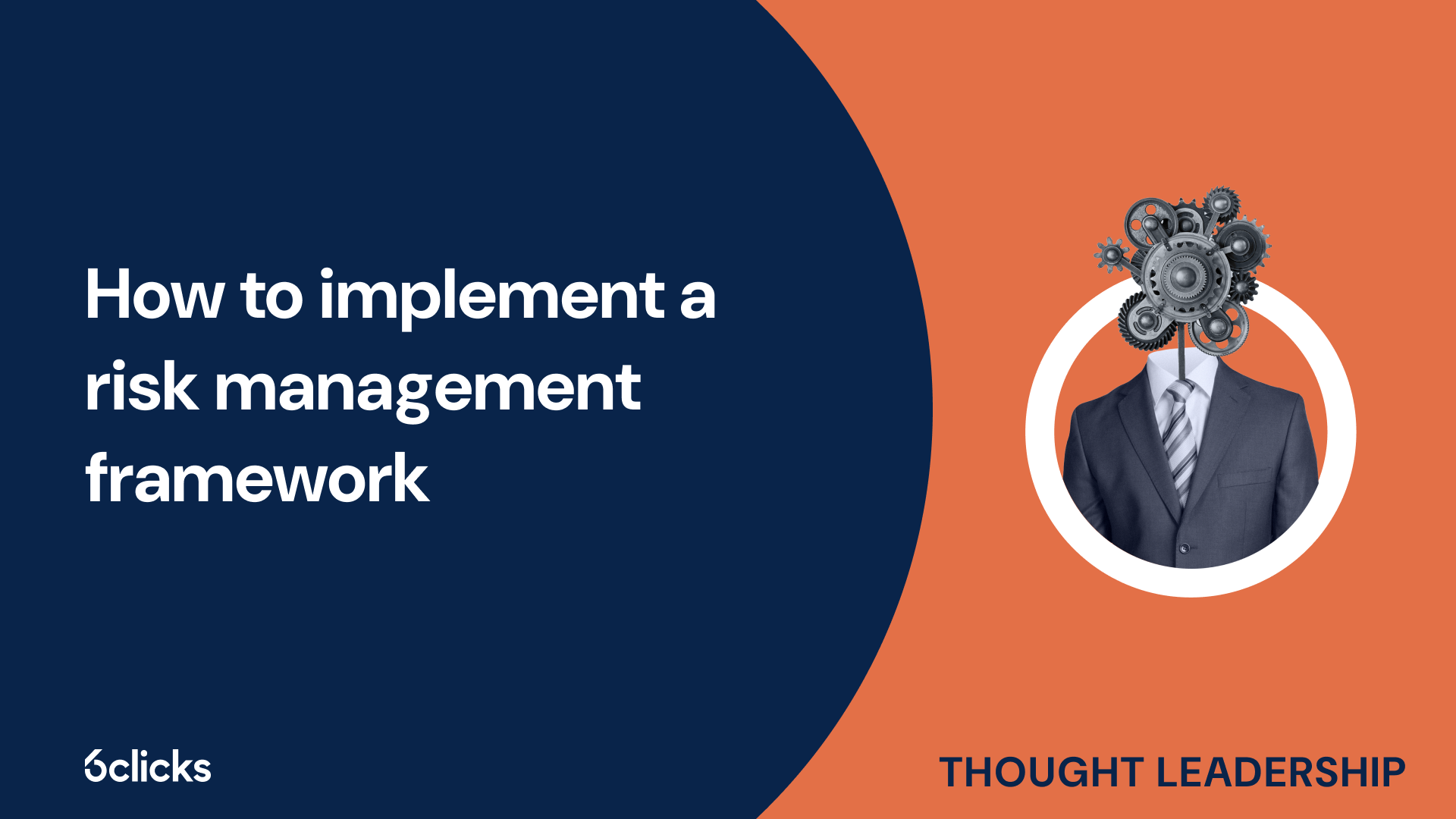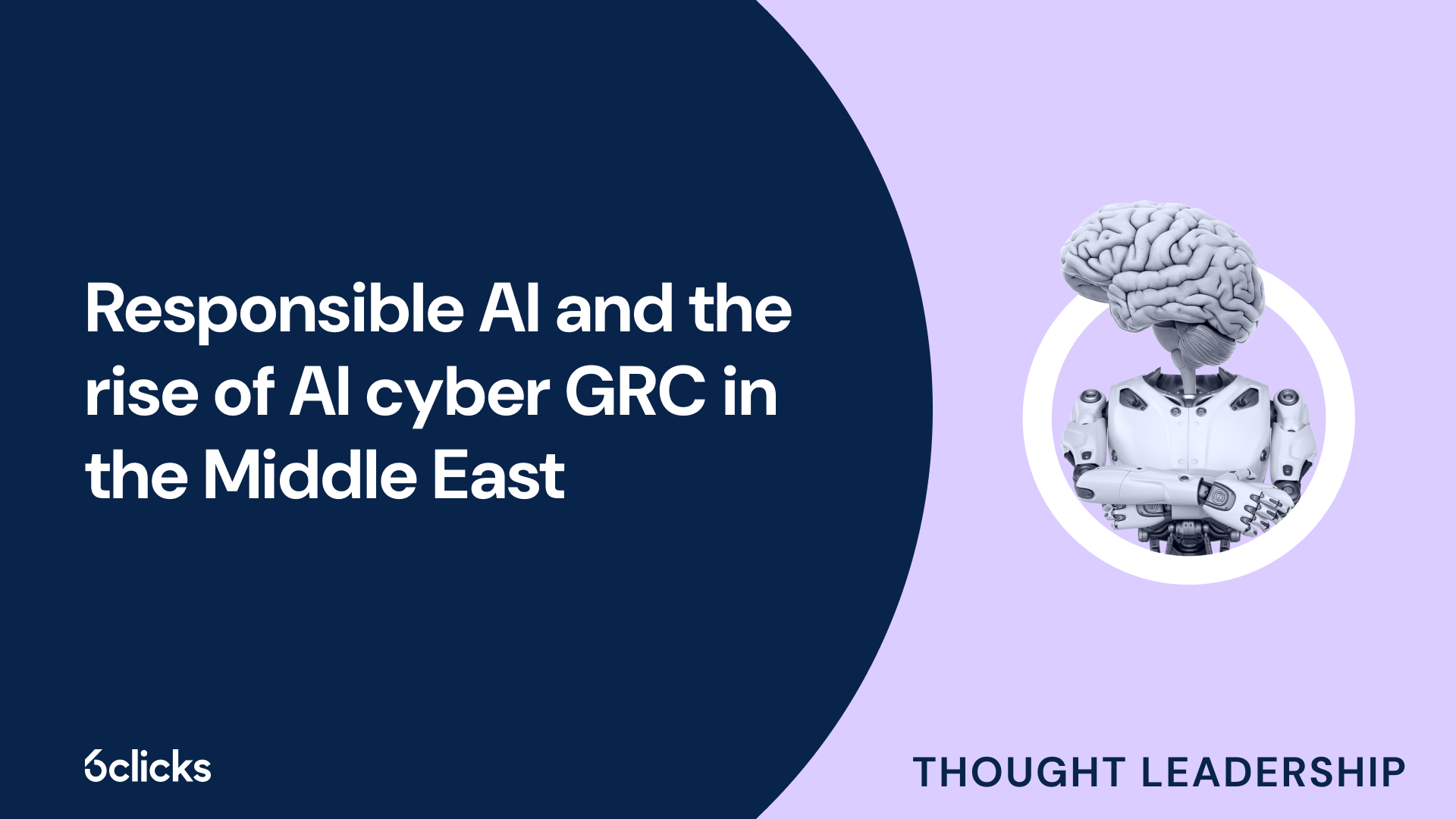The GRC buyer’s guide for 2025: Building resilience with AI-powered, federated solutions
Discover the ultimate GRC buyer's guide for 2025! Uncover how AI-powered, federated solutions transform compliance and security management for industries like government, aerospace, banking, and more. Learn about centralized control, continuous compliance, and advanced cyber GRC capabilities. Download now!
-1.png?width=200&height=249&name=Group%20193%20(1)-1.png)
The GRC buyer’s guide for 2025: Building resilience with AI-powered, federated solutions
What is GRC (Governance, Risk, and Compliance)?
GRC is a framework that helps organizations manage and align strategies, objectives, and activities related to risk management, compliance, and governance. It provides a structured approach to identify, assess, and mitigate risks, ensuring adherence to regulations and industry standards. GRC integrates governance, risk management, and compliance to enable informed decision-making, resource allocation, and risk mitigation, especially in areas like cybersecurity.
What is cybersecurity?
Cybersecurity protects systems and sensitive data from unauthorized access, use, or damage. In today’s digital world, it’s critical to safeguard data and maintain compliance with regulations on data privacy and security. This involves technical measures like firewalls, encryption, and multi-factor authentication, as well as fostering a culture of security awareness through training and incident reporting.
GRC (Governance, Risk, and Compliance) and cybersecurity are related but distinct concepts that work together to strengthen an organization's ability to manage risks and protect valuable assets, including sensitive data.
GRC and cybersecurity: How they work together
GRC as a framework:
- Governance in GRC ensures that an organization’s actions are aligned with its goals and ethical standards. It provides oversight and sets clear guidelines for risk management.
- Risk management is the process within GRC that identifies, assesses, and addresses various types of risks—this includes cybersecurity risks but also covers financial, operational, legal, and reputational risks.
- Compliance focuses on ensuring that the organization follows applicable laws, regulations, and industry standards, including those related to data privacy and cybersecurity.
Essentially, GRC provides a comprehensive, strategic approach to risk and compliance, ensuring that cybersecurity efforts are part of a larger, coordinated risk management plan.
Cybersecurity as a specialized domain:
- Cybersecurity is specifically concerned with protecting the digital infrastructure of an organization. This involves safeguarding data, networks, and systems from threats like hacking, malware, phishing, and ransomware.
- It includes various technical solutions like firewalls, intrusion detection systems, encryption, multi-factor authentication, and continuous monitoring to prevent breaches and secure sensitive data.
Cybersecurity is a specialized area within the larger risk management picture. GRC helps define and monitor the strategies that drive effective cybersecurity, ensuring that these efforts are aligned with broader organizational goals and legal requirements.
Regulatory requirements in cybersecurity
Regulatory requirements set the framework for organizations to protect sensitive data and maintain compliance. These requirements typically include mandates for:
- Data privacy: Ensuring the confidentiality of personal and sensitive information.
- Security controls: Implementing measures like firewalls and encryption.
- Incident reporting: Timely reporting of breaches.
- Compliance: Adhering to industry-specific regulations.
By following these guidelines, organizations mitigate the risks of data breaches, enhance trust, and avoid legal and financial consequences, demonstrating their commitment to data protection.
Key government regulations
Government regulations shape cybersecurity practices across industries:
- HIPAA: Safeguards health information with strict security measures for the healthcare sector.
- PCI DSS: Protects cardholder data and secures payment card transactions.
- NIST: Provides a framework for identifying, protecting, detecting, responding to, and recovering from cyber threats.
- SOC2: Audits security controls on factors like availability, confidentiality, and processing integrity.
- CIS: Offers benchmarks and best practices for securing IT systems.
Compliance with these regulations helps organizations protect data and mitigate cybersecurity risks.
Compliance requirements for cybersecurity
Compliance ensures the protection of sensitive customer data and supports GRC efforts:
- Cybersecurity protocols: Secure networks, encryption, firewalls, and access controls.
- Audits and controls: Internal and external audits to assess vulnerabilities and improve security measures.
- Best practices: Staying updated with cybersecurity frameworks and industry standards.
Adhering to compliance requirements strengthens security, fosters customer trust, and meets evolving data protection and privacy standards.
Enterprise Risk Management (ERM)
ERM is a structured approach to identifying, assessing, and managing organizational risks. It involves:
- Identifying potential risks and their impact on business goals.
- Implementing strategies to mitigate risks.
- Aligning risk management with strategic objectives.
ERM helps organizations make informed decisions, protect assets, and improve operational performance, especially in cybersecurity, by managing threats, protecting data, and ensuring regulatory compliance.
Assessing security risks
Security risk assessment helps organizations understand potential threats and vulnerabilities. It involves:
- Cybersecurity framework: A structured approach to managing risks with policies, controls, and technologies.
- Technical perspective: Evaluating vulnerabilities and security infrastructure.
- Business perspective: Considering business goals, compliance, and strategic objectives.
Combining these perspectives helps organizations identify risks and implement effective mitigation measures.
Mitigating risk and establishing controls
- Risk assessment: Identifying and prioritizing risks based on likelihood and impact.
- Controls: Implementing technical measures (e.g., firewalls) and operational practices (e.g., employee training).
- Continuous monitoring: Regularly testing and updating controls to improve security posture.
By focusing on high-priority risks and continuously improving controls, organizations protect their assets and minimize potential breaches.
Business continuity planning
- Risk assessments: Identifying potential vulnerabilities and threats to operations.
- Backup and recovery: Developing strategies to quickly restore critical systems after incidents.
- Incident response: Preparing employees with clear roles and responsibilities to handle disruptions.
This planning helps organizations maintain operations and recover swiftly from cyber threats.
Cyber risk
Cyber risk refers to the potential threats to an organization’s sensitive data, operations, and reputation due to digital vulnerabilities. These risks arise from IT systems and networks and can impact strategic goals, financial performance, and business continuity. Managing cyber risk involves a structured approach, combining governance, risk management, compliance, and cybersecurity practices to safeguard assets, protect customer data, and ensure continuous operations.
Identifying cyber threats
Identifying cyber threats is key to strong cybersecurity. It involves recognizing risks that can compromise data confidentiality, integrity, and availability. Key steps include:
- Integrated GRC strategy: Aligning cybersecurity with business goals and compliance needs.
- Data security measures: Using encryption, access controls, and secure storage to protect sensitive data.
- Regulatory compliance: Following regulations like GDPR to protect customer data and avoid fines.
Proactive identification of threats allows organizations to minimize potential impacts from cyberattacks.
Developing a structured cybersecurity approach
A structured cybersecurity approach within an integrated GRC strategy helps organizations effectively manage cyber risks while aligning with business objectives. Key benefits include:
- Collaboration: Facilitating information sharing across teams (security, audit, management) for comprehensive threat management.
- Streamlined response: Reducing silos to quickly address threats with coordinated action.
- Agility: Enabling proactive adaptation to emerging cyber risks by leveraging shared resources and expertise.
This integrated approach ensures a strong, responsive, and adaptive cybersecurity posture.
Security team & internal audit in GRC cybersecurity
Both the security team and internal audit are essential in maintaining effective cybersecurity within the GRC framework:
- Security team: Implements security controls, monitors network activity, and responds to incidents. They collaborate with other departments to integrate security across systems and processes.
- Internal audit: Provides independent assessments of cybersecurity controls, identifies gaps, and ensures compliance with regulations. They recommend improvements to strengthen security.
Together, they help mitigate cybersecurity risks and enhance the organization's security posture.
Responsibility of the Security Team
The security team protects data and systems by:
- Implementing security controls to prevent unauthorized access or disruption.
- Ensuring compliance with regulations and best practices.
- Conducting risk assessments and developing mitigation strategies.
- Managing incident response and training employees on security protocols.
Role of Internal Audit in GRC
The internal audit ensures the effectiveness of cybersecurity measures by:
- Conducting audits to assess the adequacy of security controls.
- Evaluating cybersecurity performance against GRC goals and strategic objectives.
- Identifying weaknesses and recommending improvements to security policies and controls.
Summary
Governance, Risk, and Compliance (GRC) and cybersecurity are crucial elements in safeguarding an organization’s assets and ensuring compliance with regulations. GRC provides a structured approach to managing risks, ensuring that governance, risk management, and compliance efforts align with business objectives. It focuses on identifying, assessing, and mitigating risks, while also ensuring adherence to legal and regulatory standards. Cybersecurity, as a specialized domain within this framework, specifically protects an organization’s digital infrastructure from threats like hacking, malware, and data breaches. By integrating GRC and cybersecurity, organizations can address a wide range of risks, from operational to cybersecurity threats, ensuring the protection of sensitive data, regulatory compliance, and business continuity. This holistic approach helps organizations manage risks more effectively, maintain security, and enhance overall performance.




